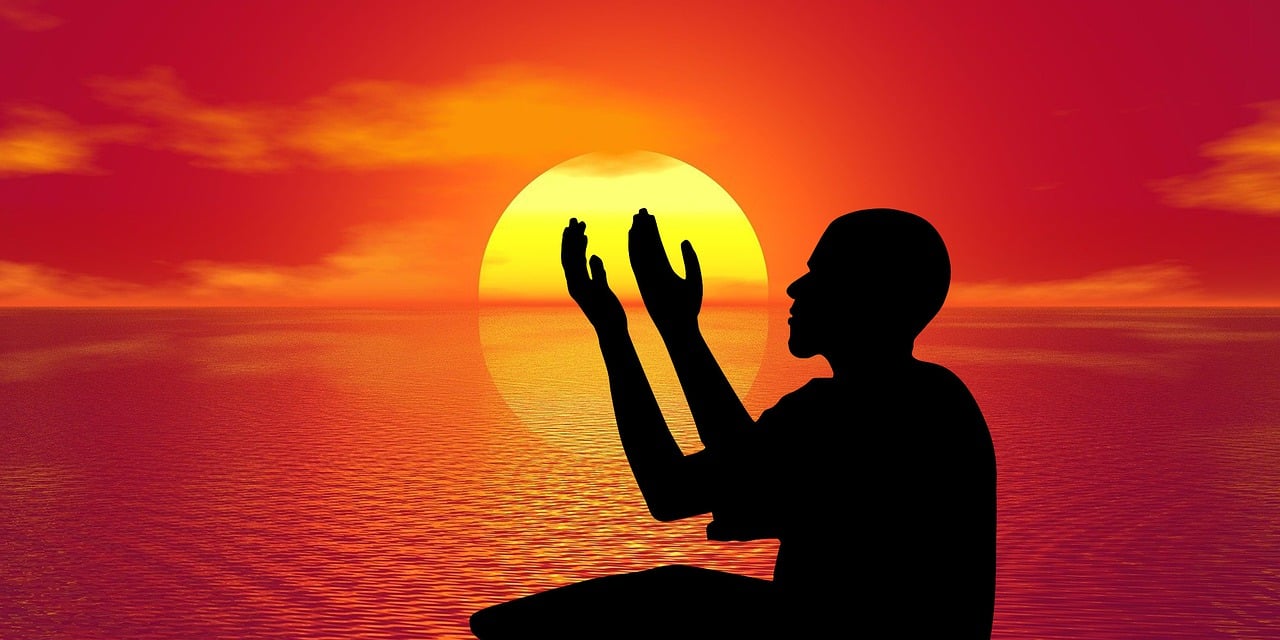Harnessing the Solar Divine: The Global History and Spiritual Power of Sun Worship
Introduction: The Universal Source of Life and Light
Across every continent and spanning millennia, the Sun has been revered as the single most powerful, life-giving force in the cosmos. From the ancient deserts of Egypt to the philosophical heart of Greece, Sun Gods have served as potent symbols of light, energy, vitality, and divine order. The consistent rhythm of the solar cycle—day, night, and the turning of the seasons—has fundamentally shaped human civilization, agriculture, and spirituality.
This comprehensive guide illuminates the profound history and enduring spiritual significance of Sun worship, exploring the core reasons for this sacred reverence, examining key Sun Deities of Egypt and the Greco-Roman world, detailing the solar symbolism of justice, and revealing how the Sun's energy continues to fuel modern spiritual thinking and personal well-being.
1. Sacred Reverence: Why the Sun Was Worshipped as Divine
Sun worship is rooted in the universal acknowledgment that the Sun is the ultimate provider of life, order, and sustenance on Earth.
The Essential Source of Existence
Sun worship is the practice of venerating the Sun as a divine or sacred being. This reverence stems from the profound understanding that the Sun provides the light and warmth necessary for all life. Without the Sun's energy, plants cannot grow, and human life cannot sustain itself. The ancient practice reflects a deep, inherent recognition of the Sun's essential role in the well-being and survival of all living things, which naturally led to its deification across numerous cultures.
Symbol of Cosmic Cycles
The Sun's consistent rhythm—its daily journey from dawn to dusk and its role in the changing seasons—became the primary symbol of cosmic order, predictability, and the fundamental cycle and rebirth. This consistent, reliable presence elevated the Sun from a natural object to a divine entity that governed both the physical world and the spiritual destiny of humanity.
2. Egyptian and Greek Pantheon: Architects of the Sun’s Journey
Many of the most powerful ancient civilizations built their spiritual worlds around deities who controlled or embodied the solar disk.
Ra and Aten: The Egyptian Life-Givers
In ancient Egypt, the Sun God Ra was one of the most paramount deities. Ra was believed to travel across the sky in his boat during the day, journey through the dangerous underworld at night, and rise again each morning. This cyclical journey symbolized the ultimate triumph of life and rebirth over darkness. Later, under Pharaoh Akhenaten, Aten—a specific form of the Sun disk embodying its brightest, most powerful light—was briefly the center of a revolutionary monotheistic religion, emphasizing the Sun's sole role in all creation.
Apollo and Helios: The Greek Luminaries
Ancient Greek mythology featured two significant solar figures. Apollo was the god most broadly associated with the Sun's gifts: light, music, healing, and prophecy. He personified the Sun's creative and health-bringing energy. The earlier Greek deity, Helios, was literally depicted as driving the Sun across the sky in his spectacular chariot, representing the physical, daily transit that created day and night and illuminated all existence on Earth.
3. Solar Symbolism: Justice, Truth, and Spiritual Order
Beyond light and warmth, the Sun's energy became strongly linked with concepts of morality, fairness, and enlightenment across various ancient cultures.
Utu: The Mesopotamian God of Justice
In Sumerian mythology from Mesopotamia, Utu (or Shamash) was the revered Sun God of justice and truth. As Utu traveled across the sky, his light was believed to reveal not only the physical world but also to illuminate the truth in human affairs and provide moral guidance. His daily journey symbolized the continuous triumph of clarity and fairness over darkness and chaos, reflecting the importance of light as a guiding force for both societal and moral order.
Light as Spiritual Insight
Across ancient traditions, the Sun’s light was understood as more than mere physical illumination; it represented spiritual insight, awakening, and ultimate truth. The sudden burst of light from the Sun symbolized the clarity that cuts through confusion and ignorance, a spiritual theme that resonates deeply within many global philosophical and religious systems.
4. Modern Resonance: Vitality and Conscious Connection
The spiritual relevance of the Sun continues today, symbolizing hope, energy, and a direct, natural connection to the divine universe.
The Sun as a Source of Hope and Vitality
Sun worship remains relevant in modern spiritual thought as the Sun symbolizes energy, hope, and unwavering vitality. Many people instinctively feel rejuvenated and positive when exposed to natural sunlight, recognizing its nourishing effect on both the body and mind. This feeling is often interpreted as receiving divine or universal energy that connects the individual to the greater cosmic system.
Intentional Energy Practice
The Sun's consistent cycle remains a powerful model for intentional living and spiritual grounding. Its energy is seen as a constant, reliable source of power that can be consciously absorbed during practices like meditation or affirmation. Modern spirituality views sunlight as a powerful, free resource for nurturing spiritual growth and maintaining a high-vibrational state of being.
Summary: The Enduring Power of the Solar Principle

The reverence for the Sun transcends cultural boundaries, encompassing figures like Ra, Apollo, and Utu, and extending into contemporary spiritual practice. Throughout human history, the Sun has been revered for its life-giving power, with its light symbolizing not only physical sustenance but also spiritual energy, moral order, and profound truth. Even today, the Sun serves as a universally understood and powerful symbol of hope, vitality, and divine connection. By acknowledging the profound and constant energy it provides, we enrich both our spiritual practice and our daily appreciation for life.
